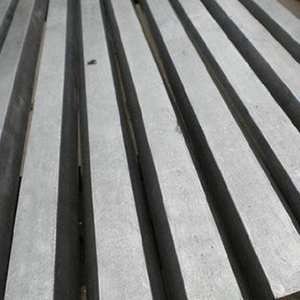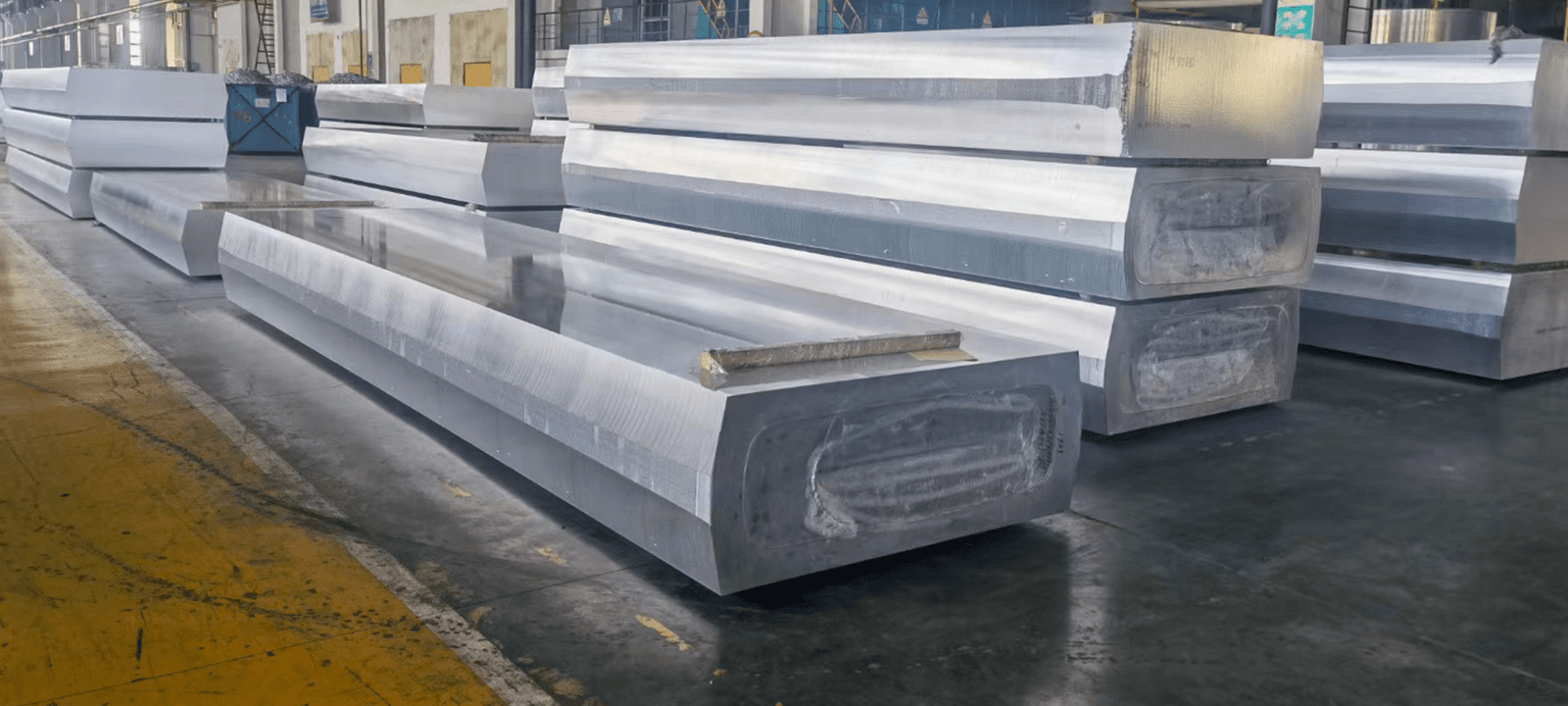Type 303 (UNS S30300/1.4305)
- Super cryogenic resistivity
- Decent ductility.
- Excellent corrosion and rust resistance
- Abrasive outlook.
- Doesn’t get hard with heat.
Description
Grade 303 / DIN 1.4305 / UNS S30300
The 303 stainless steel 17% to 19% chromium and 8% to 10% nickel. Therefore, the type has decent ductility and also offers great strength. It is a good choice for free machining, but it is not very easy to weld. Therefore you cannot turn it into complex shapes. Hence it is a very useful choice for making bolts and various other parts of the machines.
This machine offers good rust and corrosion resistance and has a decent bit of forming properties. You cannot harden it with what treatment, but you can do so with cold working. The overall toughness of this type is very comparable to other types of steel as well.
Common Names:
303 Stainless Steel is also known as AISI 303.
Executive Standards:
Inventory Standards
- UNS S30300
- ASTM A 895
- AMS 5640 Chem Only
Chemical Properties:
The 303 stainless steel is made of 17% to 19% of chromium in it with 8% to 10% nickel. Carbon in this type of steel is 0.15%, and the manganese content is 2%. With only 0.2% of phosphorus and silicon being only 1% of the 303 stainless steel has a higher sulfur content that ranges between 0.15% and 0.35%. In place of nitrogen and aluminum, the type 303 stainless steel has 0.60% molybdenum in it.
Mechanical Properties:
The 303 stainless steel doesn’t harden with heat treatment and only requires cold working. Still, it is quite frequently used in its annealed form. Therefore, the only useful mechanical property to discuss here is type 303’s hardness, and that is a maximum at 202 (HBN).
Physical Properties
Here are some of the physical properties of this type of stainless steel,
| Density | 0.290 lb/in (7.89 g/cm) |
| Melting point | 2552°F |
| Thermal conductivity @ 212°F | 16.2W/m-°K (112 BTU/hr/ft²/ft/°F) |
| Electric resistivity | At 68°C, 28.3 Microhm-in (at 20°C, 72.0 Microhm-cm) |
Key Features:
Both 303 and 304 stainless steel alloys are very close to each other in terms of chemistry, and they both are iron alloys. But 303 is better in machining. There is some additional sulfur in 303, and it reduces the drag on any cutting tool, and the machining speed improves. But the type is not weldable due to high sulfur content. 304, on the other hand, is easily weldable.
Product Forms Available:
The 303 stainless steel is available in the annealed form, as well as cold worked form.
Applications:
- Bolts and nuts
- Various architectural applications.
- Valve and pump parts.
- Different medical devices.
- Aircraft application.
- Screwing machines.
Frequently Asked Questions:
- Does 303 SS corrode or rust?
No, the 303 type doesn’t corrode or rust, and for this reason, it is a good choice for machining and making various parts and components. But it is lower in this rating as compared to the 304 types.
- Is 303 stainless steel magnetic?
No, it is not magnetic. However, it will gain some magnetic properties after cold working.
- Can type 303 be hardened with heat treatment?
No, you can harden it with heat treatment though cold working will be a lot more useful.
Get A Free Quote Now!







